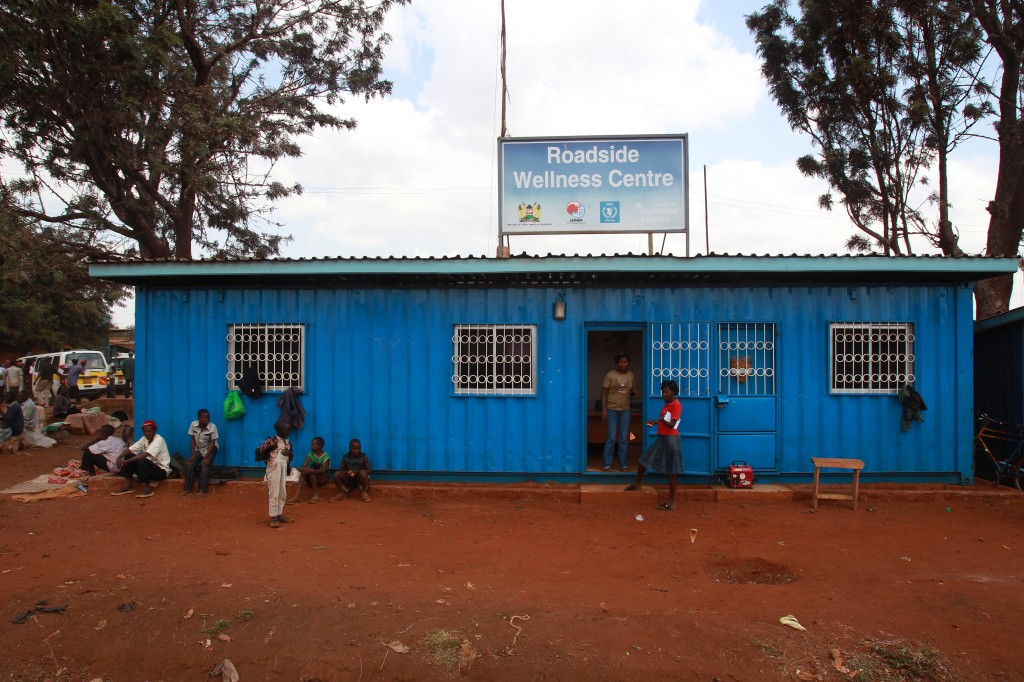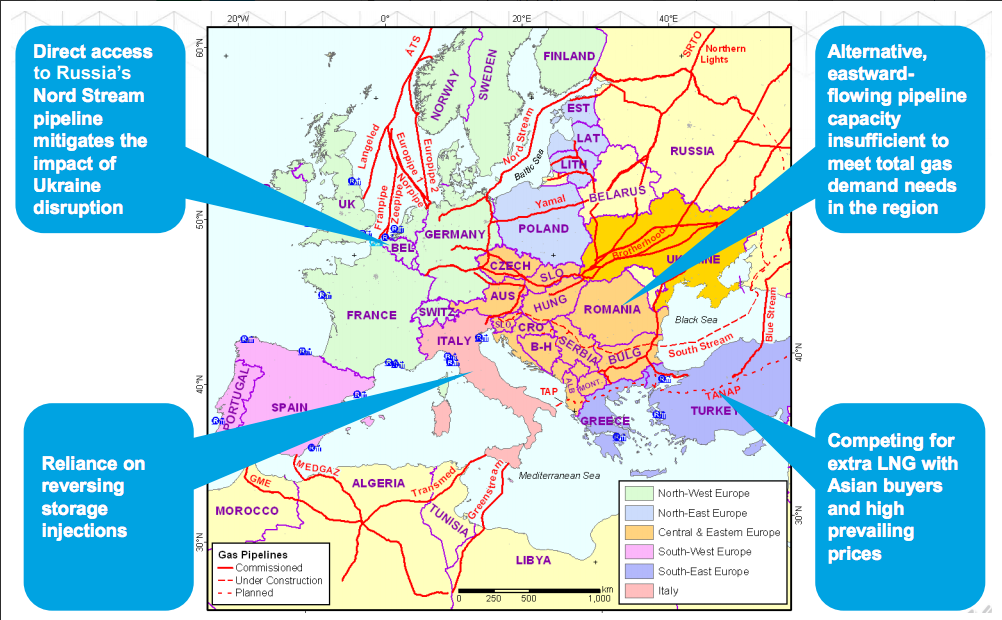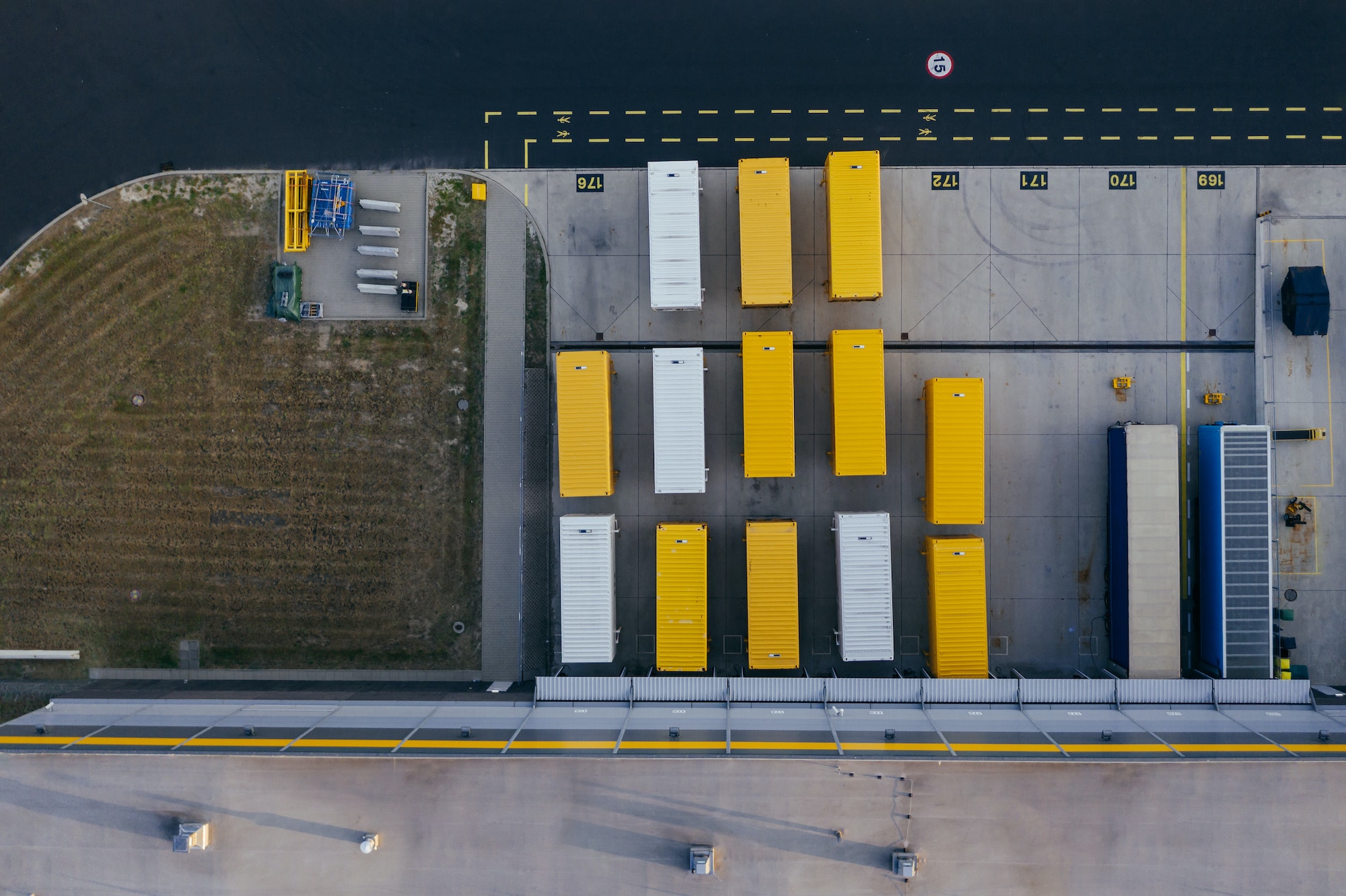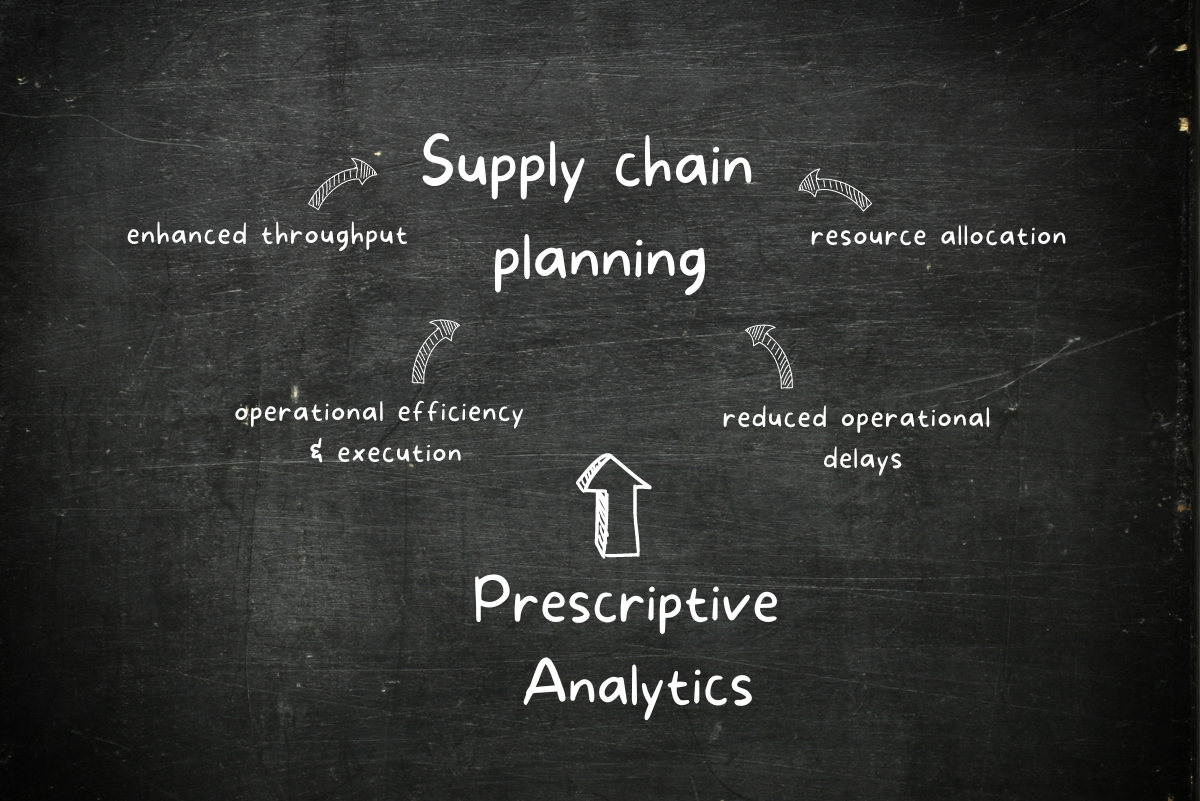4 Inspiring Ways Optimization is Being Used for Social Good
Since we started this blog, we’ve been exploring how supply chain optimization can aid the decision-making process and bring organizations better results. We have covered a multitude of methods and techniques applied in the pursuit of supply chain excellence, and have discussed some of the most pressing challenges faced by today’s business leaders.
Today, inspired by our mission to bring the benefits of optimization to society as a whole, we will look at 4 inspiring AIMMS use cases which leverage optimization technology not only for business advancement but for the greater good.
1. Optimizing the location of Roadside Wellness Centers in Sub-Saharan Africa
More than 70% of all people living with HIV and AIDS live in Sub-Saharan Africa. Mobile populations, such as long-distance truck drivers, are particularly at risk of contracting and transmitting the virus. To combat the AIDS pandemic and increase access to health services along major transport corridors in the region, TNT Express and the United Nations World Food Programme joined forces to form North Star Alliance (North Star) – a public-private partnership that has existed since 2007. North Star’s approach has been to convert shipping containers into roadside clinics and place them at trucking stops and borders across Africa. This “containerized approach” allows North Star to produce and deploy clinics quickly in order to meet rising demand for healthcare.

In 2011, North Star developed a new program called POLARIS in close cooperation with ORTEC, a longtime AIMMS partner. POLARIS leverages an AIMMS-based optimization model to determine the optimal location for current and future clinics as well as the number of employees required at each site. To be precise, the program enables North Star to place clinics at a point where the maximum number of truck drivers is able to access it and to provide a larger continuum of care, so drivers moving along the corridor can reasonably access additional clinics along their route. North Star currently operates 30 Roadside Wellness Centres in 13 countries across Africa. In 2012 alone, the project reached more than a quarter of a million people, making for a great case that illustrates how optimization can be used to tackle pressing global health issues.
2. Evaluating the Impact of the Ukrainian Crisis on Europe’s Gas Flow
Another interesting initiative that used AIMMS technology to assess the effect of global events on people’s lives is Wood Mackenzie’s study of the Ukrainian crisis’ impact on Europe’s gas flow. About half of the European gas imports from Russia transit through Ukraine. Therefore, when the political crisis erupted in the country earlier this year, there were widespread concerns about its possible effects on European gas supply. Wood Mackenzie leveraged its Global Gas Model to tackle this question and evaluate potential market disruptions.

Results showed that North Western Europe would feel minimal effects, as Russia’s Nord Stream pipeline supplies much of its gas demand. However, the impact on Eastern and Southern European gas flows and prices would be more substantial, with countries such as Greece forced to rely on gas reserves it has in storage. Further scenario analysis also showed that if the disruption were to last over the winter of 2014, the world would see a significant hike in the price of gas. The benefits of the study are thus far-reaching, enabling companies and governments to respond to this challenge in a timely way.
3. Minimizing Flood Risk in the Netherlands
Every year, the Franz Edelman Award recognizes outstanding examples of projects that use advanced analytical methods to transform people’s lives. Last year, the prestigious award was granted to a consortium of Dutch organizations specialized on flood control, headed by the Dutch Delta Program Commissioner. The team developed a new calculation method to “calculate the optimal dike heights for protecting the Netherlands against flooding, while minimizing the costs of investment in dikes and the costs associated with damage.” Results from their study determined that it is efficient to limit increased standards to three critical regions: the areas bordering large rivers and the vicinity of Rotterdam and Almere. Having been accepted as the basis for policy by the Dutch minister of Infrastructure and Environment, the project has led to 7.8 billion euro less investment costs while strengthening the country’s defense against floods. Besides contributing greatly to the Dutch flood protection program, the method can be used to determine optimal dike heights around the world. With climate change threatening global coastlines, the need for intelligent solutions to mitigate flood risk has never been more urgent.
4. Developing an easier way to plan school rosters

Planning school rosters can be a headache, you have hundreds of students to take into account, multiple classes, dozens of teachers and several constraints. Thousands of schools solve this puzzle manually every year. To help them streamline the process, an AIMMS employee developed Group-it, a program that helps schools calculate the optimal distribution of students per class with the click of a button. The program is currently being used by several schools in the Netherlands and has delivered some pretty neat results. It has made class organization and scheduling easier and has enabled teachers to think about the necessary criteria for class organization in a more structured way. Moreover, it has made it easier for schools to address the criteria for organization more objectively with parents. On the whole, a great example of how optimization can help to solve daily life puzzles for the benefit of all.
The projects discussed above are only a few examples of how optimization can be used for the benefit of all. Do you know other initiatives that use advanced analytics and modeling to address pressing global challenges? Do you think there are other areas where optimization would be a valuable tool? Are you looking for help in the development of an optimization model? We’d love to hear from you! Get a roundup of our best supply chain content every month in your inbox! Sign up for our blog digest here.





